What Are the Advantages of Virtualization?
Virtualization refers to the creation of virtual – i.e., non-physical – resources on a computer system. By adding an abstraction layer between applications (such as an operating system) and the physical hardware, multiple virtual environments can share the same physical resources efficiently and securely. This process enables better scalability, flexibility, and cost control in modern IT environments.
How Virtualization Works
Through emulation or partitioning, virtualization allows several operating systems, applications, or storage instances to run independently on the same physical machine. A hypervisor manages the allocation of CPU, memory, and network resources to each virtual machine (VM), ensuring isolation and performance stability.
Types of Virtualization
- System Virtualization: Enables multiple virtual machines with different operating systems to run on one host system. Each VM behaves like a standalone computer.
- Operating System Virtualization: Creates isolated containers (e.g., jails, namespaces) within the same OS — ideal for lightweight applications and microservices.
- Application Virtualization: Allows applications to run without local installation by providing virtualized runtime environments that prevent conflicts with the OS or other programs.
- Storage and Network Virtualization: Aggregates or partitions physical storage and network resources for more flexible and scalable management.
Main Advantages of Virtualization
- Higher resource efficiency: Multiple workloads share the same hardware, reducing idle capacity.
- Scalability and flexibility: Virtual machines can be created, modified, or migrated within minutes.
- Improved disaster recovery: Snapshots and replication enable fast restoration after system failures.
- Cost savings: Less physical hardware means lower acquisition, energy, and maintenance costs.
- Enhanced security: Virtual isolation protects systems and applications from mutual interference.
Software vs. Hardware Virtualization
Software virtualization typically uses an operating system-based approach, where isolated environments (containers) share the same kernel. This allows lightweight deployments but limits kernel customization.
In contrast, hardware virtualization relies on a hypervisor that interacts directly with the CPU and memory, providing full OS independence and better isolation—ideal for dedicated server or virtual server environments.
Virtualization at centron
At centron, we combine high-performance hardware with advanced virtualization technologies. Our Managed vServer from the Cloud offer full flexibility and scalability for modern workloads. Companies benefit from secure virtualization environments in our ISO 27001-certified data center with 24/7 support and guaranteed high availability.
Conclusion
Virtualization enables modern IT infrastructures to be more efficient, flexible, and cost-effective. Whether in private, public, or hybrid cloud environments — it forms the foundation of scalable hosting and digital transformation. With centron’s virtual systems, companies are equipped for the future of agile and high-performance IT.

